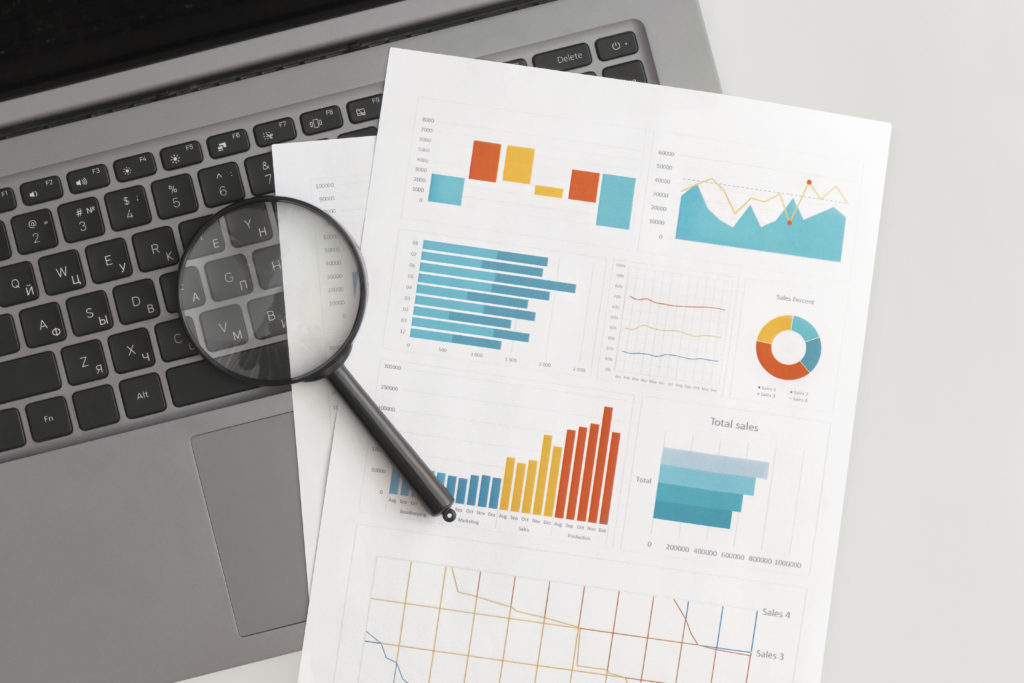
Introduction to Data Analytics Tools
In today’s data-driven world, businesses are constantly seeking ways to leverage the power of data to gain valuable insights and make informed decisions. This has led to the rise of data analytics tools, which enable businesses to collect, analyze, and interpret vast amounts of data. These tools play a crucial role in extracting meaningful information from raw data, helping organizations uncover patterns, trends, and correlations that can drive business growth and success.
Importance of Data Analytics in Business
Data analytics has become an essential component of modern business operations. It provides businesses with the ability to make data-driven decisions, identify opportunities for improvement, and gain a competitive edge in the market. By analyzing data, businesses can understand customer behavior, optimize processes, and detect anomalies or potential risks. Additionally, data analytics enables organizations to personalize their offerings, target specific customer segments, and enhance overall customer experience. In today’s fast-paced and highly competitive business landscape, harnessing the power of data analytics is no longer an option but a necessity.
Key Features to Consider When Selecting a Data Analytics Tool
When selecting a data analytics tool for your business, it is important to consider several key features that can greatly impact its effectiveness and suitability for your specific needs. These features include:
1. Data Integration and Compatibility
A robust data analytics tool should be able to seamlessly integrate with various data sources, such as databases, spreadsheets, and cloud storage. It should also be compatible with different file formats and support real-time data integration. This ensures that the tool can handle diverse data sets and provide accurate and up-to-date insights.
2. Data Visualization and Reporting
An effective data analytics tool should have robust visualization capabilities, allowing users to create visually appealing and interactive charts, graphs, and dashboards. These visual representations make it easier to understand complex data and communicate insights to stakeholders. The tool should also offer customizable reporting features, enabling users to generate comprehensive reports with ease.
3. Advanced Analytics and Machine Learning
To unlock the full potential of data, a data analytics tool should offer advanced analytics capabilities, such as predictive modeling, regression analysis, and clustering. It should also incorporate machine learning algorithms to automate data analysis processes and uncover hidden patterns or anomalies in the data. These advanced features enable businesses to gain deeper insights and make more accurate predictions.
Comparison of Top Data Analytics Tools
In this section, we will compare three top data analytics tools: Tool A, Tool B, and Tool C. Each tool has its own unique features, pros, and cons, which we will explore in detail.
Tool A: Features, Pros, and Cons
Tool A is a powerful data analytics tool known for its user-friendly interface and extensive data manipulation capabilities. It offers a wide range of data transformation and cleaning functions, making it ideal for handling messy or unstructured data. Additionally, Tool A provides robust data visualization options, allowing users to create visually appealing charts and dashboards. However, one drawback of Tool A is its limited scalability, which may pose challenges for businesses dealing with large datasets.
Tool B: Features, Pros, and Cons
Tool B is a highly flexible and scalable data analytics tool that excels in handling big data. It offers advanced analytics and machine learning capabilities, enabling businesses to uncover complex patterns and make accurate predictions. Tool B also provides seamless integration with various data sources and supports real-time data processing. However, one downside of Tool B is its steep learning curve, which may require additional training and resources to fully utilize its features.
Tool C: Features, Pros, and Cons
Tool C is a cloud-based data analytics tool that offers a wide range of features and functionalities. It provides easy-to-use data visualization tools, allowing users to create interactive dashboards and reports. Tool C also offers advanced analytics capabilities, such as outlier detection and time series analysis. One drawback of Tool C is its pricing structure, which may be costly for small businesses or those with limited budgets.
Pricing and Scalability Comparison
When selecting a data analytics tool, pricing and scalability are two critical factors to consider. While some tools offer affordable pricing plans, they may have limitations in terms of scalability. On the other hand, more expensive tools may provide greater scalability but may not be suitable for businesses with tight budgets. It is important to carefully evaluate the pricing models and scalability options offered by each tool to ensure they align with your business requirements and budgetary constraints.
Case Studies Showcasing the Effectiveness of Each Tool
To provide further insight into the effectiveness of each data analytics tool, let’s look at a few case studies showcasing real-world applications.
Case Study 1: Tool A in Retail Industry
A leading retail company implemented Tool A to analyze customer purchase data and identify buying patterns. By leveraging the tool’s data manipulation capabilities, the company was able to clean and transform large volumes of transactional data. The visualizations generated by Tool A helped the company identify cross-selling opportunities and optimize inventory management, resulting in a significant increase in sales and profitability.
Case Study 2: Tool B in Healthcare Sector
A major healthcare provider adopted Tool B to analyze patient data and predict disease outcomes. The tool’s advanced analytics and machine learning capabilities allowed the provider to develop predictive models that accurately forecasted patient readmission rates. By leveraging these insights, the provider was able to implement proactive measures to reduce readmissions, resulting in improved patient outcomes and cost savings.
Case Study 3: Tool C in Marketing Analytics
A global marketing agency utilized Tool C to analyze social media data and measure the effectiveness of marketing campaigns. The tool’s intuitive visualization features enabled the agency to create visually appealing reports and dashboards for their clients. By leveraging Tool C’s advanced analytics capabilities, the agency was able to identify the most effective marketing channels, optimize ad spend, and improve overall campaign performance.
Choosing the Right Data Analytics Tool for Your Business
Selecting the right data analytics tool for your business can be a daunting task. It is important to carefully evaluate your business requirements, budget, and scalability needs before making a decision. Consider conducting a pilot or trial period with each tool to assess its usability and effectiveness in addressing your specific data analytics needs. Additionally, seek feedback from users and consult experts in the field to gain insights into the strengths and weaknesses of each tool. By taking these steps, you can ensure that you make an informed decision that aligns with your business goals.
Conclusion
Data analytics tools have revolutionized the way businesses operate by providing powerful capabilities to analyze and interpret data. In this article, we explored the importance of data analytics in business and discussed key features to consider when selecting a data analytics tool. We also compared three top data analytics tools – Tool A, Tool B, and Tool C – highlighting their unique features, pros, and cons. Furthermore, we examined pricing and scalability considerations and presented case studies showcasing the effectiveness of each tool in real-world scenarios. Finally, we provided guidance on how to choose the right data analytics tool for your business. By leveraging the power of data analytics tools, businesses can unlock valuable insights and drive growth in today’s competitive landscape.
CTA: Ready to unleash the power of data analytics for your business? Contact us today for a consultation and find the perfect data analytics tool to drive your success.
